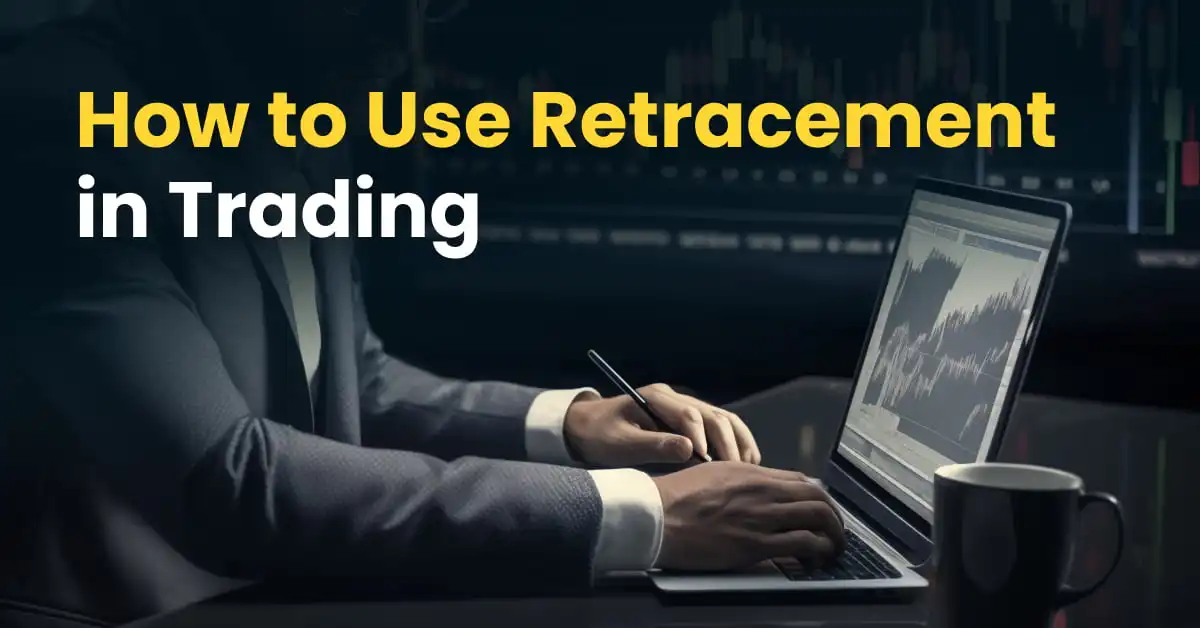简体中文
繁體中文
English
Pусский
日本語
ภาษาไทย
Tiếng Việt
Bahasa Indonesia
Español
हिन्दी
Filippiiniläinen
Français
Deutsch
Português
Türkçe
한국어
العربية
Voyager Digital Shares Slump on Possible 3AC Loan Default
Abstract:Three Arrows Capital was back in the news this week, with news of a possible loan default sinking TSX listed Voyager Digital on Wednesday.

On Wednesday, Voyager Digital Ltd (“VOYG”), listed on the TSX, slumped by 52.5%.
News of a possible Three Arrows Capital $650 million loan default hit VOYG shares.
Market conditions have increased calls for a more regimen crypto regulatory framework. The Lummis and Gillibrand bill may kick start the process.
In recent weeks, crypto-related companies have frequented the news wires, with the media reporting on the effects of the extended crypto winter.
Numerous companies have made announcements of plans to tighten the purse strings.
While it has been a bleak winter, leading exchanges dont envisage market conditions improving anytime soon.
Prevailing market headwinds include inflation, central bank monetary policy, and the threat of a global recession.
On top of these more broad-based headwinds impacting the global financial markets, the collapse of TerraUSD (UST) and Terra LUNA has added to the crypto market woes. Regulators have found a new impetus to roll out more restrictive rules that could prove punitive to the crypto market.
Market share prices of publicly listed crypto exchanges have reflected investor sentiment towards the crypto market outlook.
Voyager Digital Shares Tumble 52.5% on News of a Possible Loan Default
On Wednesday, Voyager Digital Ltd. (VOYG), listed on the Toronto Stock Exchange (TSX), tumbled by 52.5%.
The extended sell-off saw VOYG slide to a new current-year low of C$0.55 before a partial recovery to close the day at C$0.76.
VOYG had slumped by 58% before the partial recovery. More significantly, VOYG was down 97% year-to-date.
While the crypto winter has taken a bite, the latest sell-off was in response to news of a possible loan default.
On Wednesday, Voyager Digital Ltd., owner of crypto exchange Voyager Digital issued a press release relating to its subsidiary Voyager Digital LLC.
According to the press release,
“Voyager Digital Holdings, Inc. (”VHD“) has entered into a definitive agreement with Alameda Ventures Ltd. (”Alameda“) related to the previously disclosed credit facility, which is intended to help Voyager meet customer liquidity needs during this dynamic period.”
The press release went on to say,
“VDH entered into a definitive agreement with Alameda for a US$200 million cash and USDC revolver and a 15,000 BTC revolver (the ”Loan).
In addition, the press release announced,
“Concurrently, Voyager announced that its operating subsidiary, Voyager Digital, LLC, may issue a notice of default to Three Arrows Capital (”3AC“) for failure to repay its loan.”
The press release added,
“Voyager exposure to 3AC consists of 15,250 BTC and $350 million USDC.”
Voyager Digital, LLC has requested payment of $25 million USDC by June 24 and repayment of the entire balance by June 27.
Founded in 2018, Voyager is a US cryptocurrency platform that supports the trading of more than 100 crypto assets. Its subsidiary, Coinify ApS enables Voyager to also offer crypto payment solutions for consumers and merchants globally.
Voyager Digital LLC Puts the Regulatory Spotlight Back on Cryptos
Wednesdays sell-off and the Voyager press release put the spotlight back on the crypto market.
The press release highlights a lack of controls. Voyager was able to issue a loan more than four times in size than its very own cash and crypto equivalent on hand, which reportedly stood at $152 million.
With Coinbase, Gemini, and FTX having to tighten the purse strings and lawsuits filed in their droves, a regulatory overhaul could be a positive rather than a negative.
The collapse of TerraUSD and Terra LUNA and contagion across the broader market calls for a more rigid framework.
However, it remains to be seen whether the Lummis and Gillibrand bill will make its way through Congress unscathed to give the CFTC overall responsibility.

Disclaimer:
The views in this article only represent the author's personal views, and do not constitute investment advice on this platform. This platform does not guarantee the accuracy, completeness and timeliness of the information in the article, and will not be liable for any loss caused by the use of or reliance on the information in the article.
Read more

How to Use Retracement in Trading
Understanding retracement is essential for strategic trading. In today’s article, we will focus on the retracement is a temporary, short-lived pullback in the price of a financial instrument, like a stock or an index, that occurs within a larger, established trend. Think of it as a brief pause or a correction before the market continues its original movement. Unlike a trend reversal, which signals a fundamental shift in direction, a retracement represents a temporary deviation that doesn't jeopardize the long-term trend.

What Is Indices in Forex? A Beginner’s Guide to Trading Forex Indices
Understand what indices in forex are, how DXY works, key differences vs pairs, pros/cons, and where to trade CFDs—beginner-friendly, expert-backed guide.

Malaysian Finfluencers Could Face RM10 Million Fine or 10 Years in Prison!
A new regulatory measure by the Securities Commission Malaysia (SC) is set to change the country’s online trading and financial influencer landscape. Starting 1 November 2025, any trader or influencer caught promoting an unlicensed broker could face a fine of up to RM10 million, a prison sentence of up to 10 years, or both.

Juno Markets: A Closer Look at Its Licenses
When selecting a broker, understanding its regulatory standing is an important part of assessing overall reliability. For traders seeking to protect their capital, ensuring that a platform operates under recognised and stringent oversight can make all the difference. Keep reading to learn more about Juno Markets and its licenses.
WikiFX Broker
Latest News
What Is Indices in Forex? A Beginner’s Guide to Trading Forex Indices
FBI Issues Urgent Warning on Crypto Recovery Scams
Robinhood Moves Toward MENA Expansion with Dubai DFSA License Application
How to Use Retracement in Trading
CySEC warns the public against 17 investment websites
Fake Trader Faces 20 Years & RM9 Million Fine for RM1.45 Mil Derivatives Scam
Complaints Against Weltrade | Traders Can’t Get Their Money Back
WikiFX Community Event Series, “Thailand Elites’ View”
Juno Markets: A Closer Look at Its Licenses
Germany's Industrial Core Is Collapsing Under The US Trade Deal And The Green Agenda
Currency Calculator


